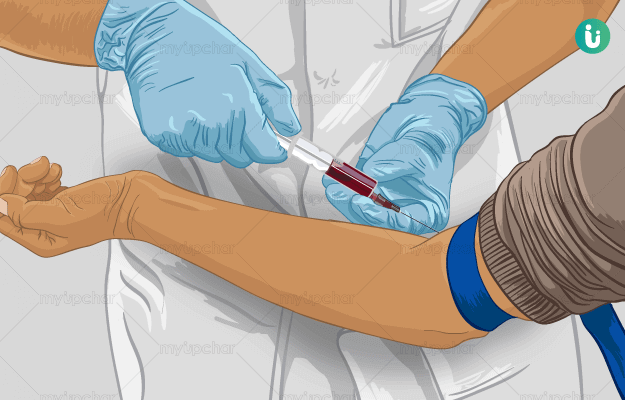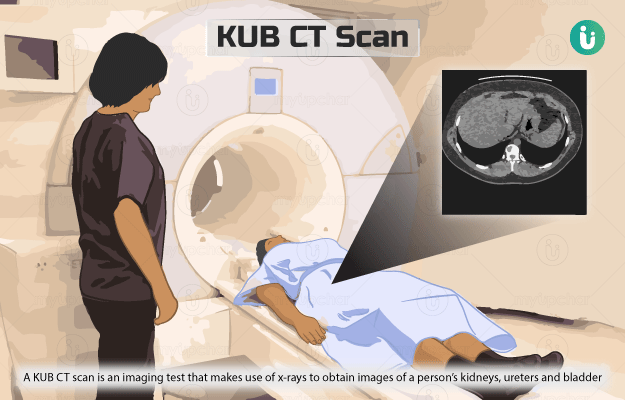What is an Arterial Blood Gas (ABG) test?
ABG test measures the levels of oxygen, carbon dioxide (CO2) and acidity of arterial blood. It can help determine how efficiently your lungs are able to mobilise oxygen in the bloodstream and remove CO2. Evaluation of lung function and detection of acid-base imbalance can further help in the diagnosis of metabolic disorders and kidney and lung conditions.
An ABG test generally measures the following:
- pH
- The partial pressure of oxygen (PaO2) dissolved in the blood
- The partial pressure of CO2 (PaCO2) present in the blood
- Oxygen content (O2CT) or the amount of oxygen in 100 millilitres (mL) of blood
- Oxygen saturation (O2SAT) or the percentage of haemoglobin used in carrying oxygen. Haemoglobin present in red blood cells is the oxygen carrier in the blood
- Bicarbonates: The metabolic component of the acid-base balance can be measured
- Base excess/deficit or the amount of metabolic buffering agents in the blood. The buffering capacity of lungs can be assessed with this test

































